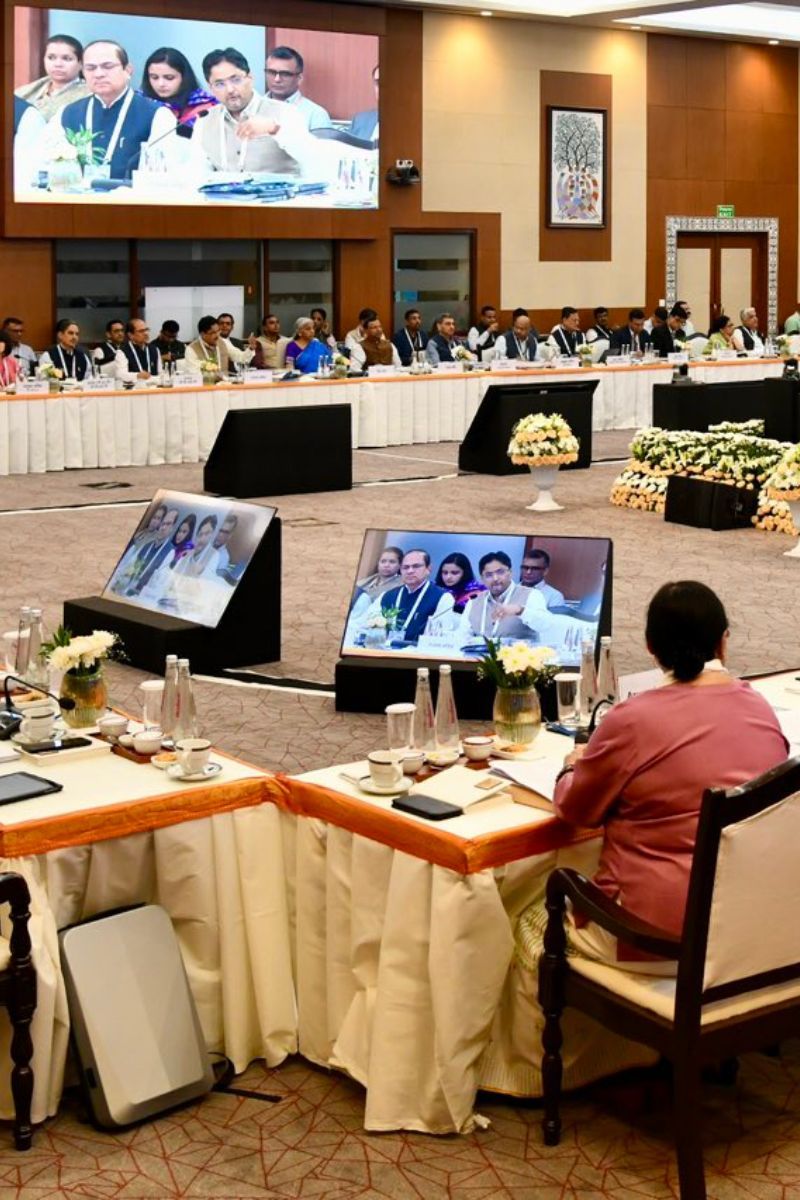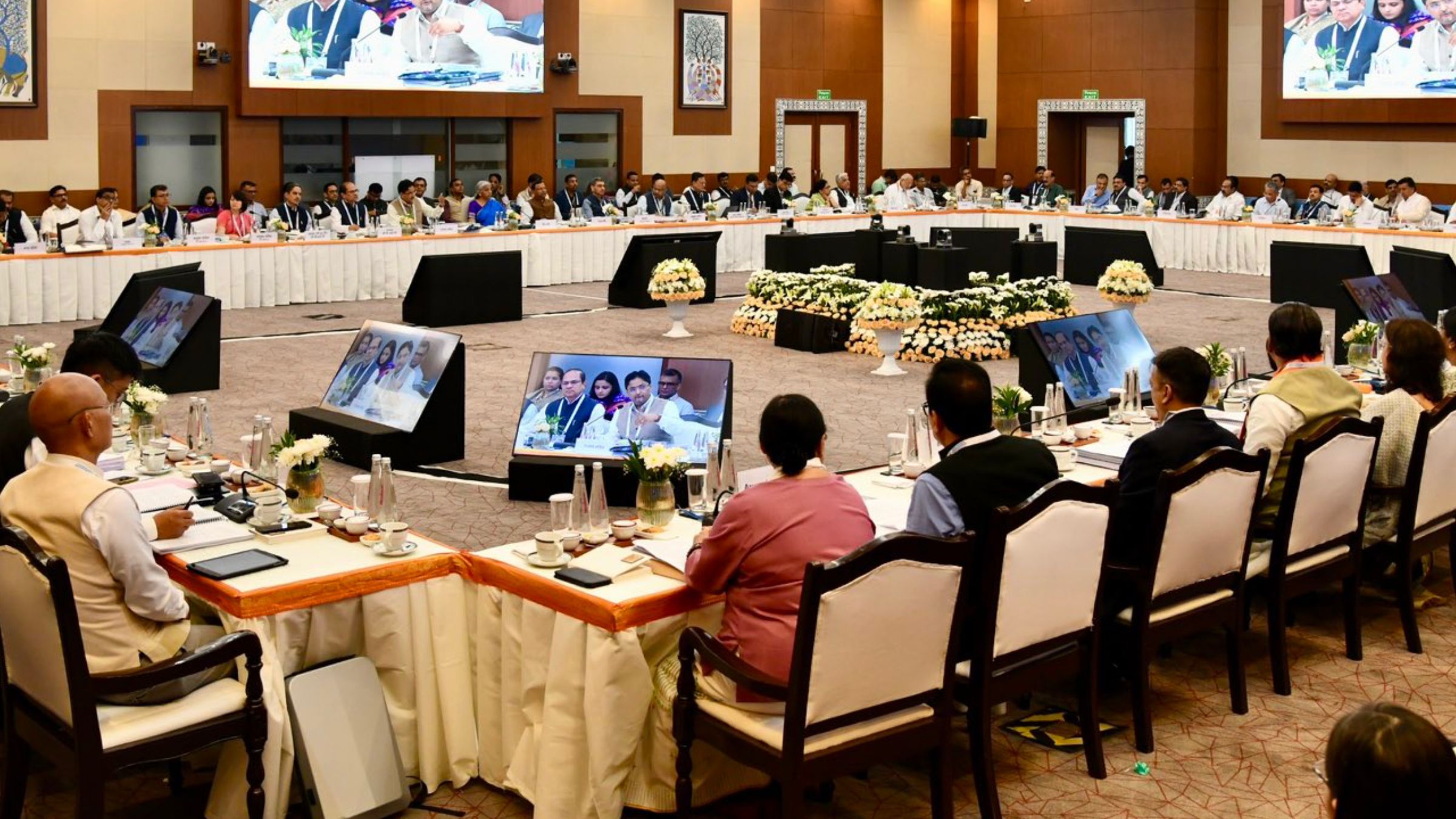India’s biggest tax shake-up since GST’s launch in 2017 is here, and it’s set to rewrite how we spend on everything from luxury cars and watches to weekend shopping hauls. Effective 22nd September 2025, the revamped GST 2.0framework moves to a simplified two-slab system — 5% and 18%, plus a steep 40% “sin tax” on luxury and demerit categories. Finance Minister Nirmala Sitharaman has pitched this as a festive-season booster, aiming to free up consumer cash and kickstart spending ahead of Navratri and Diwali, the year’s most lucrative retail window.
If you’ve been eyeing a home upgrade, saving for a compact SUV, or debating a switch to an EV, your timing couldn’t be better. Across FMCG, personal care, consumer durables, and compact automobiles, GST rates have been slashed, making many high-ticket indulgences surprisingly more accessible. Everyday essentials like paneer, khakra, biscuits, jams, and chocolates are now cheaper, but the bigger gains are in aspirational lifestyle spending — air conditioners, dishwashers, and large-screen TVs have moved into the 18% slab from the earlier 28%, while small cars and motorcycles up to 350cc also drop from 28% to 18%. With brands expected to compete aggressively for festive buyers, expect bundle-heavy retail campaigns designed to maximise this new price headroom.
Insurance, often treated as a dull necessity, has quietly become a winner here too. Individual life and health policies are now GST-free, effectively unlocking several thousand rupees annually for urban households. Expect insurance companies to respond with lifestyle-focused campaigns, positioning premium coverage as an easier upgrade than before. And then there’s the EV angle: while petrol and diesel cars under 1,500cc now enjoy 18% GST instead of 28%, electric vehicles remain at just 5%, making the switch to cleaner mobility more attractive than ever.
Top-End Luxury Takes A Hit
But GST 2.0 isn’t just about easing the middle of the market — it also sharpens the divide at the top. High-capacity SUVs, premium sedans, and imported sports cars above 1,200cc (petrol) or 1,500cc (diesel) now face a 40% GST rate, up from the earlier 28%. Superbikes above 350cc are hit with the same jump, making lifestyle toys from brands like Ducati, Harley-Davidson, and Triumph a steeper ask than ever. Luxury yachts, private jets, racing cars, and imported cigars also move into the 40% slab, a clear indication that discretionary high-end spending will now carry a heavier tax burden. For the aspirational buyer, this is where GST 2.0 hurts most — what was already expensive is now firmly positioned as hyper-exclusive.
Zoom out, and GST 2.0 signals a deeper cultural shift — one where the government is betting on everyday indulgenceswhile tightening its grip on big-ticket splurges. Expect malls, luxury high streets, and flagship boutiques to turn September into a price-driven theatre: perfumes, home tech, and personal care bundles are set to become more competitive, while top-tier luxury doubles down on exclusivity.






